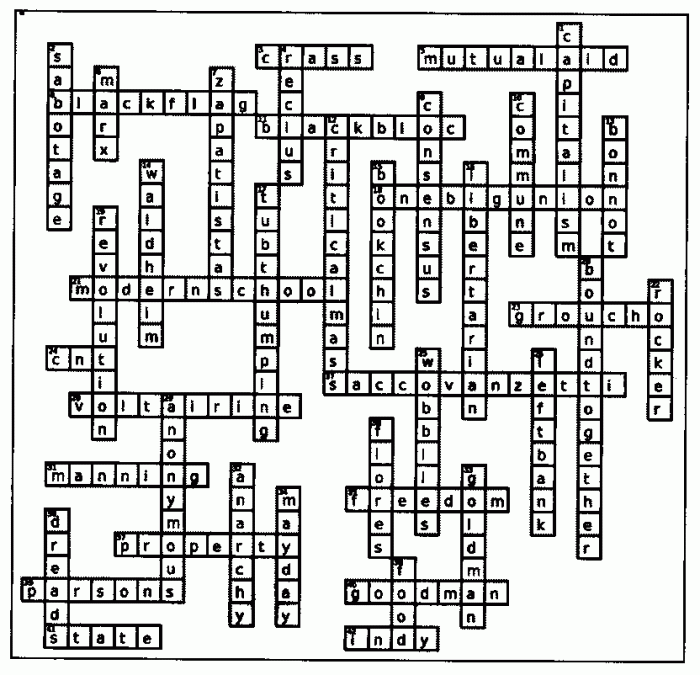Europe Moves Toward War Crossword Puzzle Answer Key unlocks a profound understanding of the historical, political, and social dynamics that have shaped Europe’s path towards conflict. This comprehensive guide delves into the intricacies of major wars, current tensions, diplomatic efforts, military preparedness, and the far-reaching impact of conflicts on European nations and the global community.
As we embark on this intellectual journey, we will explore the underlying causes, key players, and consequences of Europe’s tumultuous past and present conflicts. We will analyze the challenges and opportunities for achieving lasting peace and stability, examining the role of international organizations, diplomacy, and civil society in fostering cooperation and reconciliation.
Historical Context of European Conflicts

Europe has a long and complex history of wars and conflicts. These conflicts have shaped the continent’s political landscape, social fabric, and cultural identity. Some of the most significant wars in European history include the Peloponnesian War (431-404 BCE), the Punic Wars (264-146 BCE), the Hundred Years’ War (1337-1453), the Thirty Years’ War (1618-1648), the Napoleonic Wars (1803-1815), World War I (1914-1918), and World War II (1939-1945).
These conflicts were caused by a variety of factors, including territorial disputes, religious differences, economic rivalry, and political ideology. The outcomes of these conflicts have had a profound impact on Europe, leading to the rise and fall of empires, the redrawing of borders, and the emergence of new political and social orders.
Current Tensions and Disputes
Europe is currently facing a number of tensions and disputes. These include the ongoing conflict in Ukraine, the rise of populism and nationalism in several European countries, and the ongoing debate over the future of the European Union. The conflict in Ukraine has led to a deep rift between Russia and the West, and has raised concerns about the future of European security.
The rise of populism and nationalism has led to increased political instability in several European countries, and has raised concerns about the future of democracy in Europe. The ongoing debate over the future of the European Union has raised questions about the future of European integration.
Diplomatic Efforts and Negotiations
There have been a number of diplomatic efforts and negotiations aimed at resolving the tensions and disputes in Europe. These include the Minsk agreements, which were aimed at ending the conflict in Ukraine, and the ongoing negotiations between the United Kingdom and the European Union over the future of Brexit.
The Minsk agreements have been largely unsuccessful, and the negotiations between the United Kingdom and the European Union have been difficult and protracted. Despite these challenges, diplomatic efforts and negotiations remain essential for resolving the tensions and disputes in Europe.
Military Preparedness and Alliances
Europe has a long history of military preparedness and alliances. The North Atlantic Treaty Organization (NATO) is a military alliance that was founded in 1949 to protect Europe from the Soviet Union. NATO has played a key role in maintaining peace and stability in Europe for over 70 years.
In recent years, NATO has expanded to include several former Soviet bloc countries, and has increased its military presence in Eastern Europe. Russia has also increased its military spending and has deployed new weapons systems in response to NATO’s expansion.
Economic and Social Impact of Conflicts
Conflicts in Europe have had a significant economic and social impact on the continent. The conflict in Ukraine has led to a sharp decline in economic growth in Ukraine and Russia. The rise of populism and nationalism has led to increased social unrest in several European countries.
The ongoing debate over the future of the European Union has raised concerns about the future of European economic integration.
International Perspectives and Responses
The international community has been closely monitoring the tensions and disputes in Europe. The United States has been a strong supporter of Ukraine and has imposed sanctions on Russia in response to the conflict. The European Union has also imposed sanctions on Russia and has provided financial assistance to Ukraine.
The United Nations has called for a ceasefire in Ukraine and has sent humanitarian aid to the region. Other countries, such as China and India, have expressed concern about the conflict in Ukraine and have called for a peaceful resolution.
Pathways to Peace and Reconciliation

There are a number of pathways to peace and reconciliation in Europe. These include dialogue, diplomacy, and conflict resolution mechanisms. Dialogue is essential for building trust and understanding between conflicting parties. Diplomacy is essential for negotiating agreements and resolving disputes.
Conflict resolution mechanisms, such as mediation and arbitration, can help to resolve disputes peacefully. In addition to these formal mechanisms, civil society, education, and cultural exchange can also play a role in promoting peace and reconciliation.
Frequently Asked Questions: Europe Moves Toward War Crossword Puzzle Answer Key
What are the major causes of conflicts in Europe?
Historical grievances, territorial disputes, ethnic tensions, economic disparities, and ideological differences have all contributed to conflicts in Europe.
How has NATO played a role in maintaining peace in Europe?
NATO has served as a deterrent to potential aggressors, facilitated military cooperation among member states, and provided a platform for diplomatic dialogue.
What are the potential consequences of military escalation in Europe?
Military escalation can lead to widespread destruction, loss of life, economic disruption, and the potential for nuclear conflict.
